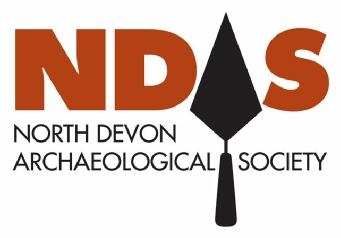Promoting awareness of the archaeology and history of North Devon

Copyright © 2015-
GUIDELINES FOR FIELDWORK CARRIED OUT UNDER THE AUSPICES OF NDAS
Background Research and Actions
(a) Contact the landowner to get permission.
(b) Consult Devon County HES and NDAS committee (the latter for approval re: insurance).
(c) Check the Devon HER for information and restrictions (if the site is scheduled, geophysics is a possibility but excavation is most unlikely).
(d) Prepare a desk-
(e) Prepare a Project Outline and Risk Assessment (examples available from NDAS on request).
(f) Cost your project: e.g. portaloo hire, geophysical survey, JCB hire, other equipment,
post-
(g) Draw up equipment list (NDAS can loan much of this on receipt of signed inventory).
(g) Consult the local museum to ensure they have the capacity/willingness to archive finds.
(h) Consider how the results will be disseminated.
Excavation and Recording
Although we are not a professional organisation, standards should adhere as closely as possible to the guidelines published by the Institute of Field Archaeologists ( Institute Guidelines), in essence:
(i) Single context recording using NDAS record sheets.
(ii) Comprehensive photo recording.
(iii) Half-
(iv) Site plan record (1:20 or 1:50 as appropriate or 1:100 on large sites).
(v) Section/plan record of features (1:10 or 1:20 as appropriate).
(vi) Finds bags labelled on site with full details (site code/context/date etc.).
(vii) If topsoil removal is by machine, hard hat, viz vest and protective boots should be worn by monitoring archaeologist(s).
(viii) Sampling of deposits for C14/environmental evidence where appropriate.
Report and Archive
(a) The site archive, including all written records (context sheets etc.), finds, drawings and photos, should be deposited at the designated local museum.
(b) Either a summary report (in the event of few finds; submit to Devon Historic Environment Service), an academic report (Proceedings of Devon Archaeological Society etc.) or an online report should be produced (for the latter see NDAS website examples).
(c) A fuller report should contain location map, background research, excavation report with plans/sections/photos (duly credited), finds details and discussion/conclusions. References should follow the Harvard system.
NDAS Committee May 2020